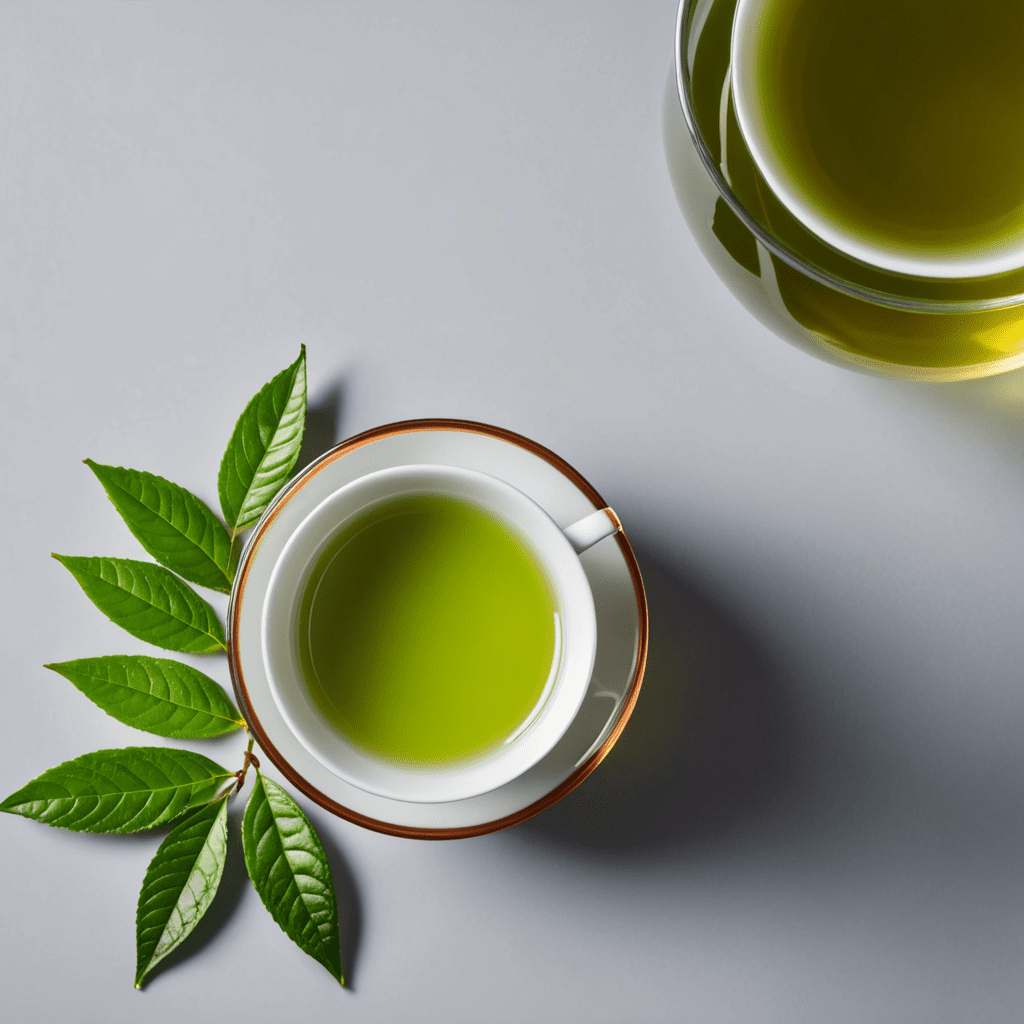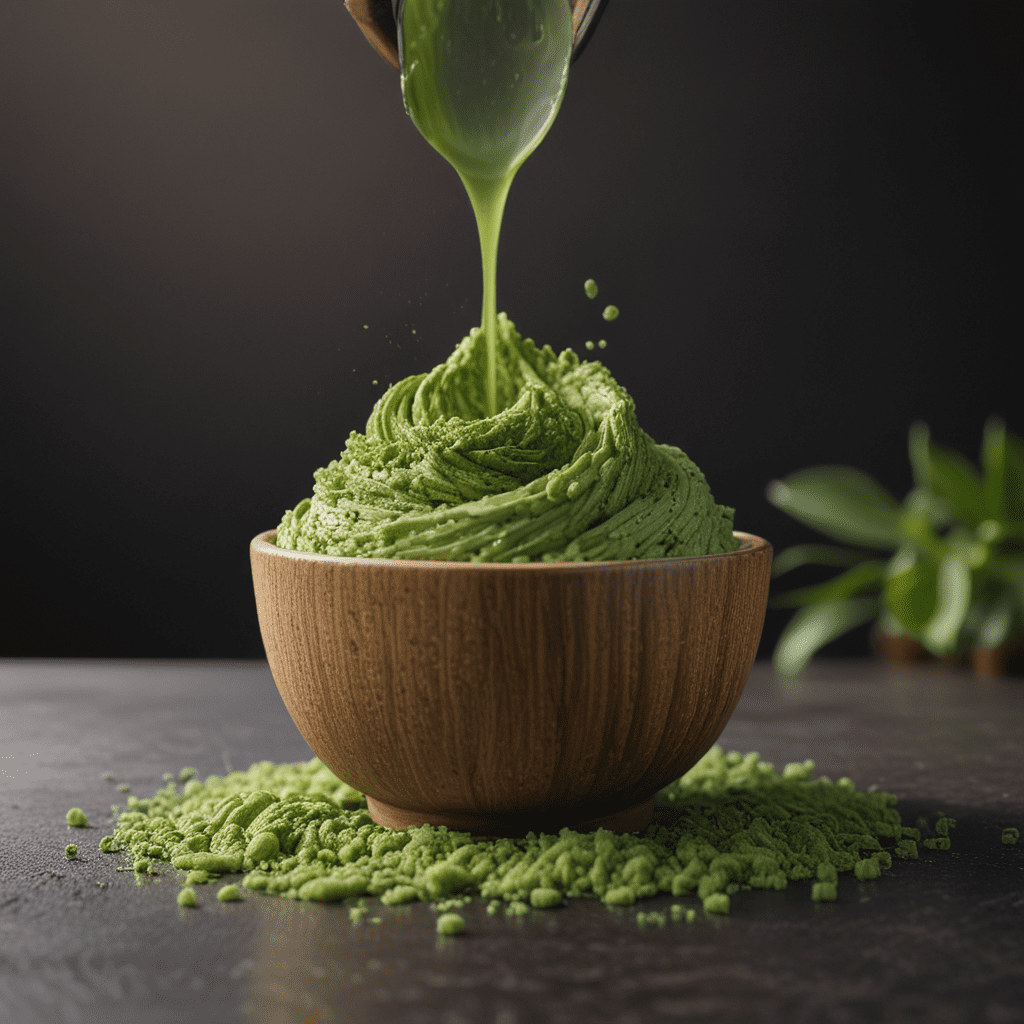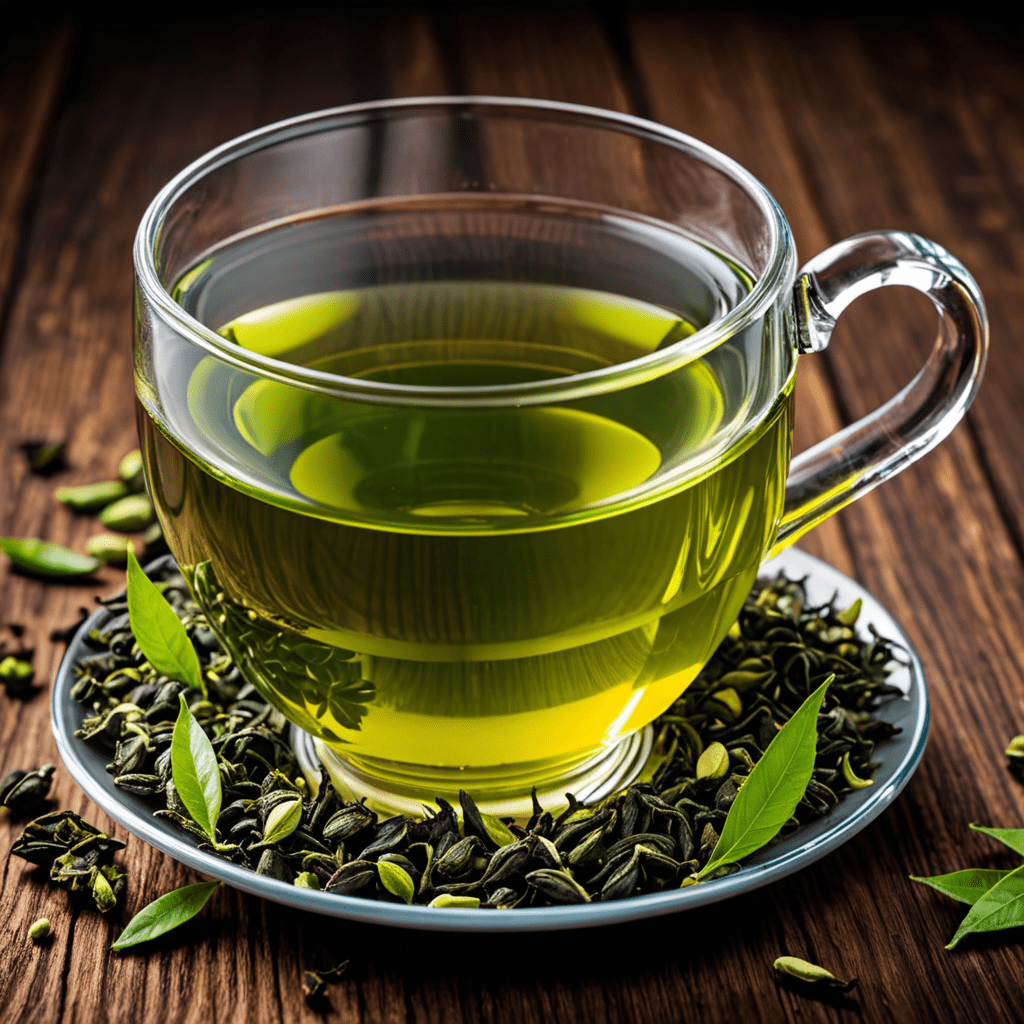1. Overview of Assam Tea Grades
When it comes to the world of tea, Assam tea stands out as a premium choice, renowned for its rich flavor and distinct malty notes. To ensure consistency and quality, the Tea Board of India has established a standardized grading system that classifies Assam tea into various grades. These grades are based on several factors, including leaf size, appearance, and taste, and they serve as a reliable guide for tea enthusiasts and consumers alike.
2. Why Grades Matter: Factors that Determine Quality
The grade of Assam tea plays a crucial role in determining its overall quality. Higher grades typically indicate larger leaves, a more uniform appearance, and a superior taste profile. Factors such as leaf size, color, aroma, and taste are meticulously assessed to determine the grade of the tea. These factors contribute to the tea's strength, flavor, and overall drinking experience.
3. The Role of the Tea Board of India in Standardization
The Tea Board of India, established in 1953, is responsible for regulating and promoting the tea industry in India. One of its key roles is to establish and enforce quality standards for tea, including the grading system for Assam tea. The board's strict adherence to these standards ensures that consumers can trust the quality and consistency of the tea they purchase.
4. Grade A: Premium Quality for Connoisseurs
Grade A Assam tea, also known as "Golden Tips," is considered the highest quality grade. It consists of large, whole leaves that have been handpicked and carefully processed to preserve their delicate flavor. Grade A tea is characterized by its rich, malty taste, full-bodied texture, and lingering finish. It is a premium choice for tea connoisseurs and those seeking an exceptional tea experience.
5. Grade B: Balanced Taste for Everyday Enjoyment
Grade B Assam tea offers a balanced blend of quality and affordability, making it a popular choice for everyday consumption. The leaves are smaller than Grade A but still retain a good amount of flavor and aroma. Grade B tea is known for its smooth, slightly malty taste and is a versatile choice for various brewing methods. It is a suitable option for those looking for a consistent and enjoyable tea experience at a reasonable price.
6. Grade C: Affordable Option for Daily Consumption
Grade C Assam tea is a widely accessible grade that offers a budget-friendly option for daily consumption. It consists of smaller leaves and may have some broken pieces. While it may not possess the same level of complexity as higher grades, Grade C tea still delivers a satisfying malty flavor and is a great choice for casual tea drinkers and those looking for a cost-effective option.
7. Grades SFTGFOP and OP: Understanding the Distinction
Assam tea is also graded using specific abbreviations that provide further details about the tea's characteristics. SFTGFOP (Special Finest Tippy Golden Flowery Orange Pekoe) denotes a high-quality tea with large, whole leaves and abundant golden tips. OP (Orange Pekoe) indicates a medium-grade tea with smaller leaves but still retains a good flavor and aroma. Understanding these abbreviations can help tea enthusiasts make informed choices based on their preferences.
8. Grades CTC and D: Versatile for Blends and Mass Production
CTC (Crush, Tear, Curl) and D grades are commonly used for blending and mass production. CTC teas are machine-processed, resulting in smaller, granular leaves. This processing method produces a strong, brisk flavor that is often used in tea bags and commercial blends. Grade D teas are more broken and may contain dust and fannings. They are primarily used as a base for low-priced tea blends.
9. Flavored Teas and their Grade Classification
Flavored Assam teas incorporate natural or artificial flavorings to enhance their taste and appeal. These teas are graded based on the same criteria as plain Assam teas, with the addition of a flavor descriptor. For example, a Grade A Assam tea flavored with bergamot would be classified as "Grade A Assam Earl Grey." The presence of flavorings does not affect the grade of the tea itself but adds an extra dimension to the flavor profile.
10. Considerations When Selecting Assam Tea Grades
When selecting Assam tea grades, consider your personal preferences and intended use. If you seek a premium tea experience with a rich, complex flavor, Grade A or SFTGFOP is an excellent choice. For daily consumption or budget-conscious options, Grade B or C can provide a satisfying and affordable experience. CTC teas are ideal for quick, strong brews, while flavored teas offer a variety of taste options to suit diverse palates. Understanding the different grades and their characteristics will empower you to make informed decisions and find the perfect Assam tea for your needs.
FAQ
Q: How is Assam tea graded?
A: Assam tea is graded based on factors like leaf size, appearance, and taste, using a standardized system established by the Tea Board of India.
Q: Which grade of Assam tea is the highest quality?
A: Grade A (Golden Tips) is considered the highest quality grade, offering large, whole leaves and a rich, malty flavor.
Q: Is Grade C Assam tea inferior to other grades?
A: No, Grade C tea is not inferior, but it consists of smaller leaves and may have some broken pieces. It offers a budget-friendly option with a satisfying malty flavor.
Q: What is the difference between SFTGFOP and OP grades?
A: SFTGFOP denotes a high-quality tea with large, whole leaves and abundant golden tips, while OP indicates a medium-grade tea with smaller leaves but still retains a good flavor.
Q: Which grade of Assam tea is best for everyday consumption?
A: Grade B or C are suitable options for daily consumption, offering a balanced taste and budget-friendly choices.


